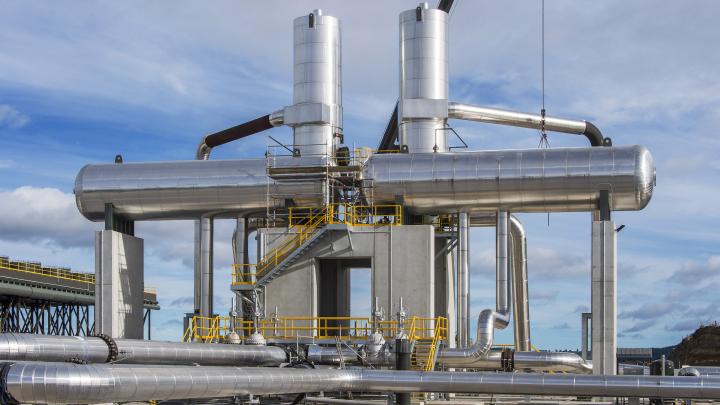New Zealand has commissioned its newest renewable power plant, Mighty River Power’s Ngatamariki Geothermal Power Station, near Taupo on the country’s North Island.
The 100MW plant – the world’s largest of its kind, and the NZ gentailer’s third geothermal project since 2008 – has been dubbed “a significant strategic milestone” by the company, as well as an “important renaissance” for geothermal.
Mighty River Power chair, Joan Withers, described geothermal projects as inherently complex, capital intensive, and reliant on high levels of commitment, capability and partnership. She said the company had spent more than a decade building partnerships on the Ngatamariki resource, and over and $75 million in exploration before they knew they had a project.
“Our commitment of nearly half a billion dollars of capital to this project was only confirmed after satisfying ourselves on each of these fronts – and the long-term sustainability of the resource and returns to our investors,” Withers said.
“We have made this investment in the expectation that our low-cost renewables production will drive improved profitability as we gain generation market share – by displacing our competitors’ higher cost fossil fuel production – to deliver a reasonable return on investment for our shareholders, and benefits for all New Zealanders.”
Ormat, which built the plant, said it Ngatamariki is the largest singular binary power plant ever constructed. The energy converters are directly fed by a high temperature (193 ºC) geothermal fluid. In this configuration, 100% of the exploited geothermal fluid is reinjected with zero water consumption and low emissions, minimizing the impact on the environment with no depletion of the underground reservoir.
Mighty River Power now operate five geothermal plants, which generate about 10% of New Zealand’s total electricity annually – equivalent to the generation of the company’s nine power stations in the Waikato Hydro System.
The company’s chief executive, Doug Heffernan, said geothermal investment, funded entirely from the company’s cash flow and balance sheet, had diversified and strengthened Mighty River Power’s production base – with more than 40% of annual generation sales now coming for geothermal.
Heffernan said that the reliability of geothermal – operating 24/7 and not dependent on the weather – gave the company a distinctive competitive strength in the New Zealand electricity market, as well as delivering “reliable, renewable energy for New Zealand’s long-term benefit.”
He said the Ngatamariki project was part of an important renaissance for geothermal led by Mighty River Power, which has seen considerable investment in high capital cost plant with low operating costs that is displacing more expensive fossil fuel generation – with Mighty River Power’s annual geothermal generation saving the country more than 3 million tonnes of carbon emissions every year, by displacing coal-fired generation.
“For many years, geothermal was a sleeping giant, a bit of a secret in New Zealand – and now it’s the envy of much of the world for the reliability it brings, and its contribution in taking carbon out of the economy, and the environment,”Heffernan said.
He said that the recent announcement of the withdrawal from production of a second coal-fired unit at the Huntly station was evidence of the benefits of a highly-competitive generation market, and the positive change that geothermal was driving in New Zealand’s energy mix.










